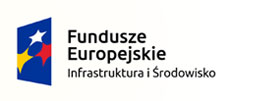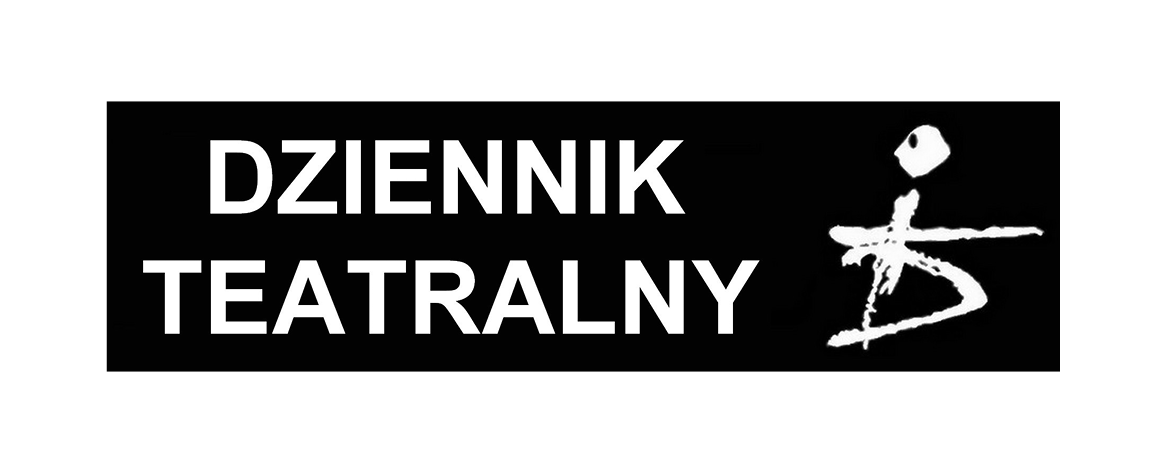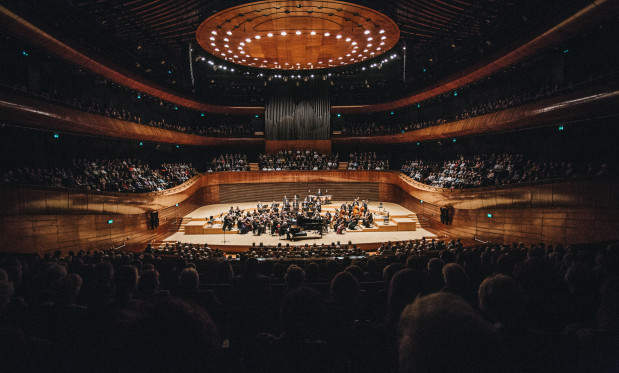A Body for Harnasie / Szymanowski / Gardner / NOSPR / McGregor / Williams - NOSPR
A Body for Harnasie / Szymanowski / Gardner / NOSPR / McGregor / Williams
The Polish National Radio Symphony Orchestra (NOSPR) collaborates with choreographer Wayne McGregor CBE and visual artist Ben Cullen Williams to create a reimagined concert production of Szymanowski’s ballet score Harnasie called A Body for Harnasie, a co-commission with the London Philharmonic Orchestra. The project will see McGregor use digitally enhanced choreographic storytelling with technological interventions and visuals by Williams. Through the use of human and digital intelligence, a sculptural video installation will be suspended above the orchestra on the stage, reimagining how dance can be created and experienced.
To create A Body for Harnasie, McGregor experiments with the fundamentals of dance, combining live dance with new photographic and film material of the Tatra mountains – where Szymanowski’s Harnasie is set – alongside an emergent AI trained on hours of mountain footage which is accompanied by scans of the mountains that are mixed with motion data from the dances. The work has originated from an analogue live dance, featuring a trio for two males and a female referencing the original protagonists from Szymanowski’s work. The end result will be a fusion of creative action created through artificial and human intelligence, blurring the boundaries of what is reality and what is artificial.
Szymanowski’s Harnasie is a folk story set in the Tatra mountains with three main (unnamed) characters – a girl, a shepherd and a robber (harnás) – and the score features elements borrowed and inspired by highland music from Podhale folklore. The work was premiered in Prague in 1935 ahead of a production at the Grand Opéra in Paris a year later, and the Polish premiere took place in 1938, a year after Szymanowski’s death.
Wayne McGregor CBE said: “A Body for Harnasie attempts to re-frame Szymanowski’s epic musical work for our times, to create a choreographic object that redefines dance in the concert hall with a physical kinetic sculpture in constant transformation through motion and artificial intelligence. Through this project, the traditional conventions of what is dance and what is space collapses as a new continuum of time emerges. What is ‘real’ and what is ‘fake’ blurs. Dance, landscape, and AI blend seamlessly. We hope Szymanowski would have been thrilled and somewhat surprised!”
Ewa Bogusz-Moore, General and Programme Director of NOSPR: “AI has the potential to unlock extraordinary new ways to enhance the concert experience for audiences. At NOSPR our commitment to creative innovation has led us to embrace the potential of cutting-edge technology and bring it together with the very best artistic vision. With this project, we hope to create a mesmerising visual and artistic experience that brings a fresh reading of Szymanowski’s ballet to an orchestral setting. I am delighted that Wayne McGregor and Edward Gardner accepted the invitation to collaborate with NOSPR and hope together we will create an original and enriched musical event.”
Edward Gardner, Principal Conductor of the London Philharmonic Orchestra: “I can’t think of a more thrilling collaboration than the LPO and Wayne McGregor to present Szymanowski’s vivid score in a completely new way. Wayne’s desire to push boundaries and use of technology in his work is the perfect partner to the LPO’s reputation for constantly rising to new heights and taking on innovative projects. The sculptural video installation brings out the expressiveness of the music and will immerse the audience in the story in a very 21st-Century way, by its use of human and digital intelligence. This performance sits within our The Music in You festival which celebrates creativity and this surely will be a display of creativity at the very highest level.”
Wayne McGregor has integrated technological interventions into his work for over 25 years, producing projects including his Living Archive with Google Arts and Culture which has gone on to radically redefine modern dance.
Concert duration: approximately 60 minutes
A Body For Harnasie
“This scenario is a very general outline, within which the director and ballet−master may change many details and enrich the content with new episodes and ideas. In repudiating a too rigorous use of folk customs and dances, the author wishes to avoid confining the director’s imagination in this respect, for he knows well that neither the composer nor the author of the scenario can foresee all the possibilities that may arise in the imagination of a talented director. This is especially true of such a ballet as Harnasie which does not claim any preconceived ideas but is an unassuming picture drawn from the life of country−folk; facts do not play an essential role in it and should rather be adjusted to the possibilities offered by the stage than vice versa: the staging should not be subordinated to facts rigorously imposed by the author.”
– Karol Szymanowski
Szymanowski was a composer and an artist who understood and valued transformations. Indeed, instead of writing a libretto for Harnasie that was fixed in aspic, Szymanowski wanted new interpretations of the work to be in constant evolution, morphed and moulded in the times that they were newly conceived. Szymanowski knew for his art to live for future generations, one had to be open to new forms of expression and collaboration – forms not yet invented when his musical work originated. Liveness is a present tense form.
In approaching the choreographic potential for Harnasie we have explored several creative paths which parse the score into atoms of physical experience, emotion, and process. Explicitly, we are experimenting with the very fundamentals of dance: Body–Time–Space to rearticulate them in a fresh re-combinatory form. Live dance, new photographic and film material of the Tatra mountains, and an emergent AI trained on hours of mountain footage mixed with motion data from the newly created dances to innovative our visual language and develop unique movement themes which are assembled into original multi-narratives for the work. The music is played live – A Body For Harnasie responds in colour, light, motion, image, and fluid sculpture.
New forms of ‘dance’ are core to this work but the process of making the live dance for film and motion capture is in some ways the most conventional. Every element of the work has originated from this analogue live dance – a trio for two males and a female mirroring, or at least referencing to the original characters of Szymanowski protagonists. The studio process is a combination of body-to-body transmission, teaching dance phrases, working with the dancers as architectural entities to think with and a series of improvisatory tasks where the dancers have the freedom to generate language within outlined constraints. This dance language is then edited, refined, and composed in an order that corresponds with specific sections of the score. This danced trio is filmed, multi-cam and in progressive close ups, and the motion data is also captured. During this process dancers are also filmed performing their parts individually and instructed with new dance vocabulary in the moment. By the end of filming, we have a bank of movement material, a fully composed trio, and a series of physical fragments – all the movement data for each of these choreographic objects is motion captured.
When training the AI on the live dance fragments and coherent phrases, new original dance moves and kinetic phrases are produced – the AI and the human in the mutual mix of creative action. Motion data from the dance is grafted onto the still drone images of the mountains prompting a kind of weird motion. The drone footage of the mountains is injected into the dance and perturbs its flow to make unusual patterns, and the ‘values’ of the motion capture data are transplanted onto spatial images to create unexpected variations. The ‘danced vocabulary is also re-formed as a result and provides cues for the next phrase of movement to be produced.
The traditional conventions of what is dance and what is space collapses as a new continuum of time emerges. Dance, landscape, and AI blend seamlessly – a choreographic blur. The final phase of the project takes the various kinetic language streams and works them into (and in between) the score – this compositional task is directed by analysis of the score and informs the unconventional playback of themes and images onto the kinetic sculpture. Testing and articulating the motion of the kinetic sculpture adds the final motion element to A Body for Harnasie.
There is no doubt that Harnasie was influenced in part by Stravinsky’s Rite of Spring. Harnasie shares many similarities to that iconic score not least in the propulsive rhythms, the folkloric attitudes, and the incredible orchestral range. It was also conceived as a ballet score – dance ready and in the spirit of the great Diaghilev collaborations meant to be a ‘gesamtkunstwerk’. A Body For Harnasie attempts to re-frame this epic musical work for our times, to create a choreographic instrument that invites a new kind of sculptural dance between artist and orchestra, motion and AI – all in constant transformation.
We hope Szymanowski would have been thrilled and somewhat surprised. Diaghilev too!
WayneMcGregor, 2024
Read an essay by Michal Mendyk – The three-body problem
The center of gravity in this multimedia presentation is determined by three human bodies, differing in texture, gender, and personality. Their interactions – attraction, repulsion, and complex oscillations – constitute the core of a new interpretation of Karol Szymanowski’s ballet-pantomime inspired by and set in the Podhale region of Poland. It is not easy, however, to read the abstract interpretation that is A Body for Harnasie as a rendition of the story of the three characters from the original libretto. In the language of contemporary media, such a story, a hundred years old now, would need to be described in terms of molestation, kidnapping, arranged marriage and Stockholm syndrome. Nonetheless – as Karol Szymanowski himself emphasised – facts are not vitally important to Harnasie. Thus, searching for the essence of this tale, both archaic and continuously updated, let us reach for the tools of basic research.
The three-body problem is an eye-catching term for the helplessness of Newtonian physics in predicting the behaviour of more than two objects in close proximity to each other. While in the case of two bodies, the interplay of gravitation and centrifugal forces always leads to a relatively stable harmony, a meeting of three (or more) objects inevitably creates chaos. This phenomenon became the point of departure for the eons-spanning bestselling (and recommended by both Barack Obama and Mark Zuckerberg) trilogy Remembrance of Earth’s Past by Liu Cixin. An existence in the shadow of an unstable system of three suns leaves the Trisolaris civilisation exposed to extreme weather and geological anomalies which result in recurring doom. Eventually, however, this also leads them to embarking on an interstellar journey beyond the boundaries of the four-dimensional universe. The highly anticipated series adaptation of Liu Cixin’s prose – The three-body problem – will only premiere in a month, let us therefore return down to Earth.
Monogamy, the two-party system, the opposition of patriotism and cosmopolitanism, the two-theme structure of the sonata-allegro form, the division into composition and performance… Such systems of „two bodies” bring individuals and societies stability and a sense of security. Yet, they rarely facilitate development or transgression and are unlikely to render one capable of reaching for the stars. Undoubtedly, such a feeling was also experienced by Karol Szymanowski, who boldly ventured beyond the apparent opposition of civilisational universalism versus local tradition, as well as that of modernity versus loyalty to roots reaching Chopin’s romanticism. Perhaps this was why, unlike his great predecessor, he sought the essence of his own cultural identity (or, as he put it himself “a crystallisation of racial elements”) not in the heart of Poland – the folklore of the Mazovian lowlands – but in the Kurpie and at the foot of the Tatra mountains, i.e. on Poland’s ethnic (and in the latter case also geographical) margins. In our time, the culture of Podhale is considered, justifiably or not, to epitomise a commercialised and shallow exploitation of folklore. For Szymanowski’s generation, it was still a journey to the heart (or rather boundaries) of darkness. Towards an event horizon.
What is, then, the Podhale recipe for Polish-ness? The thick starter was most probably the elusive criminal element, hoping to escape justice in the wilderness. The flour was provided by the fertile Lesser Poland region in the Middle Ages, and the Slavic settlements were soon seasoned with a German flavouring. In the 15th century, the already unstable balance was entirely destroyed by the Vlach element. The Balkan shepherds brought with them a Southern pigmentation, a pre-Christian magic and a violent contempt for the farming-feudal sedentary lifestyle. Such are the foundations of the love for freedom, as well as the unique rituals and spirituality to be found in Podhale and so vividly personified in the character of the harnaś.
It is a significant challenge to study the history of Podhale music with great precision. It certainly seduced Szymanowski, who deemed it to be possessed of „a perfection of form”, “a primal wildness”, „a vividness of imagination” and „a firmness of hand”. In its inimitable sound, however, one can sense elements battling for centuries. If there is something that Wayne McGregor and Ben Cullen Williams, the creators of A Body for Harnasie, have in common with the Polish composer, it is the courage to become entangled within a system of three bodies, just as dangerous as it is creative. Indeed, the dancers’ organic interactions are subject not only to the choreographer’s abstract vision, but also to the operation of – still new and unpredictable – artificial intelligence. Let us reach for the stars!
Michał Mendyk
A Body for Harnasie - press pack
A Body for Harnasie is an original co-production of NOSPR in Katowice, London Philharmonic Orchestra with support from the Adam Mickiewicz Institute, conceived and produced by Studio Wayne McGregor, co-financed by the Ministry of Culture and National Heritage of the Republic of Poland. Project partner: Concertgebouw Brugge.
Media patronage for the world premiere of A Body for Harnasie is provided by:
Media support
Upcoming events

Silesian String Quartet and guests / Second concert from the cycle: The Strange and the Curious
Chamber Hall

NOSPR / Humala / New Year's Eve concert / An Oscar Night on New Year’s Eve at NOSPR
Concert Hall
Last tickets























